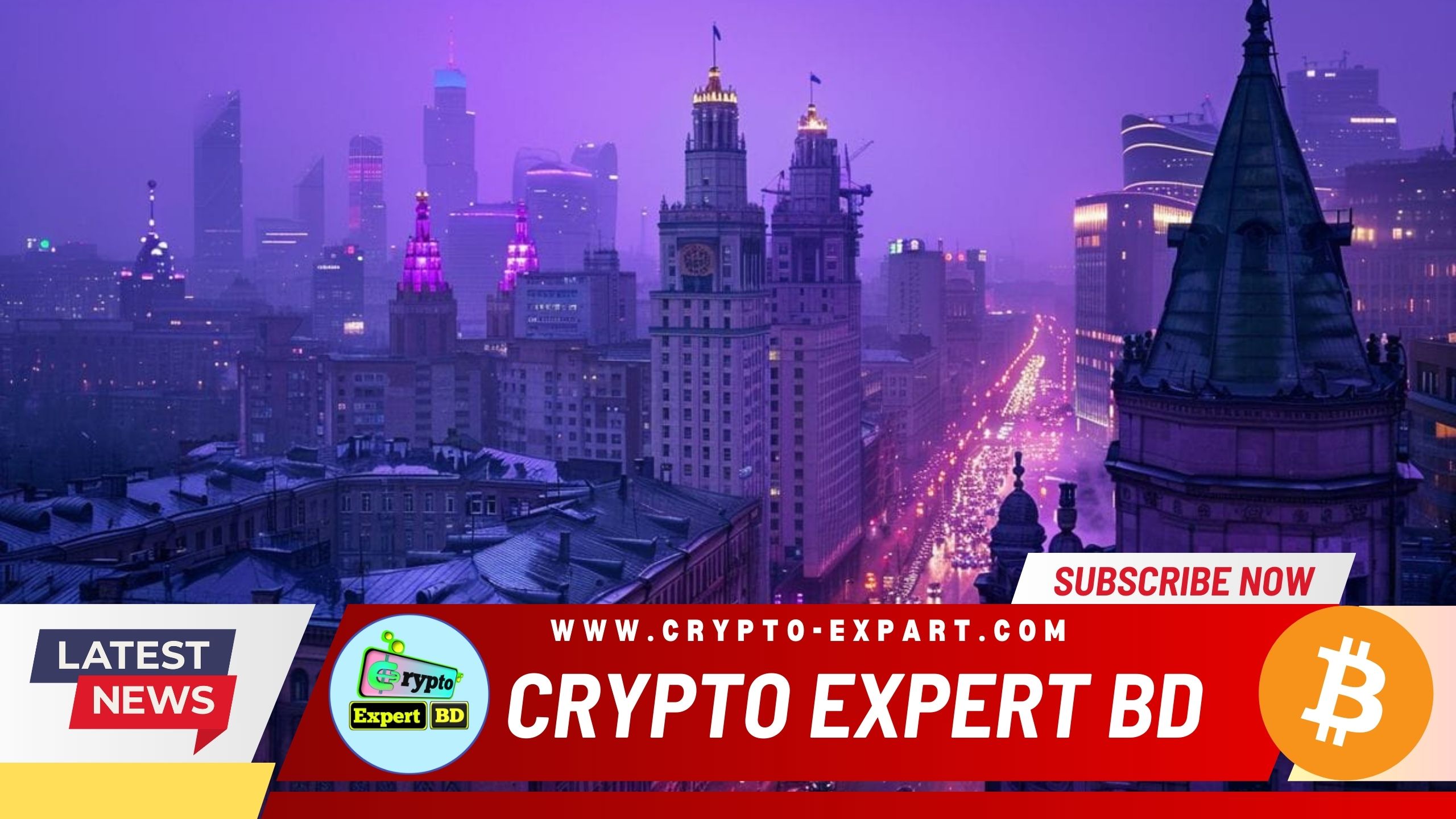Recent sanctions on the Moscow Exchange by Western powers appear to be driving increased interest among Russians in cryptocurrency assets such as USDT, according to a survey of traders and investors.
The Russian media outlet RBC reported that 20% of respondents indicated a willingness to convert at least part of their savings to cryptoassets in light of the sanctions. This survey involved approximately 10,000 subscribers from four major Russian-language crypto and investment Telegram channels.
Surge in Interest for USD-pegged Stablecoins Amid Sanctions
Following the latest round of sanctions, the Moscow Exchange immediately suspended trading in dollars and euros. This move mirrors trends seen in Argentina, where financial instability has similarly led to heightened interest in USD-pegged stablecoins.
RBC noted that in the Russian market, the USDT stablecoin is perceived as an equivalent to the dollar. The sanctions targeted both the Moscow Exchange and the National Clearing Center, Russia’s largest body for recording foreign currency exchange transactions.
Russians’ Preference for Rubles and Cash Dollars
The survey revealed that most participants prefer to keep their savings in rubles and dollar banknotes, with 40% favoring the ruble and another 40% opting for USD banknotes. Nonetheless, 20% of respondents indicated that the sanctions against the Moscow Exchange would drive them to purchase cryptocurrency with their savings.
Initial reactions to the sanctions saw a spike in USD exchange rates above the RUB 100 mark. A small percentage (3-4%) of survey respondents rushed to buy dollars immediately after the news broke, but the response in USDT markets was less dramatic.
A spokesperson from the Garantex crypto exchange noted a noticeable increase in demand for USDT on the first day of sanctions, with the average USDT exchange rate fluctuating between 94 and 98 rubles. However, by June 18, USDT rates had stabilized to around 89 rubles on Garantex, with peer-to-peer traders selling the coin for between 92 and 93 rubles.
Increased Spreads and Interest in Cryptocurrencies
Evgenia Burova, the Director of Communications at Garantex, commented that major sanctions on key elements of Russia’s financial infrastructure typically result in increased spreads and heightened interest in cryptocurrencies. However, she noted that the impact of such events has been diminishing over time.
Expert Opinions on the Shift to USDT
Taisiya Romanova, a Russian crypto expert, suggested that switching to USDT is not an obvious or quick solution for the average person unfamiliar with cryptocurrency. Most people, she argued, will continue to operate within the USD-RUB paradigm. Romanova doubted the survey results indicated a significant rise in USDT trading in Russia, predicting that demand for USDT would remain volatile and dependent on the stress levels and mood of market participants.
Romanova advised Russians to avoid impulsive decisions and instead diversify their investment portfolios to mitigate risks associated with market fluctuations.
Conclusion
The sanctions on the Moscow Exchange have undeniably spurred some Russians to consider cryptocurrency as an alternative for their savings, particularly USDT. While initial interest in USDT surged, the market quickly stabilized, reflecting a cautious but growing interest in cryptoassets amidst financial sanctions and uncertainty.
Powered by Crypto Expert BD
Follow us on Twitter: https://x.com/CryptoExpert_BD
Join our Telegram channel: https://t.me/CryptoExpert_BD



